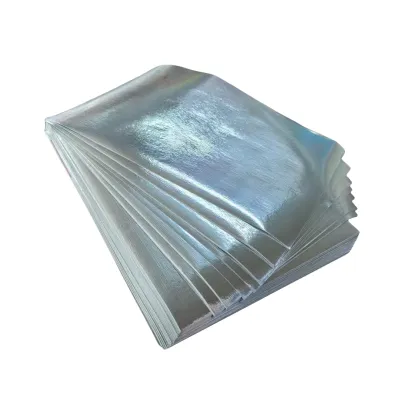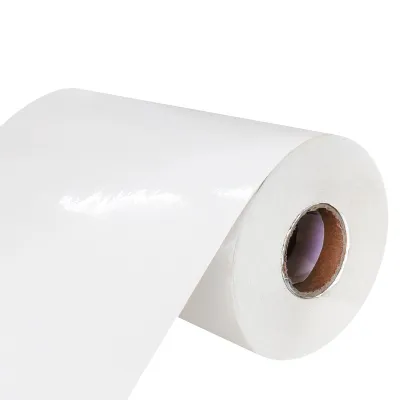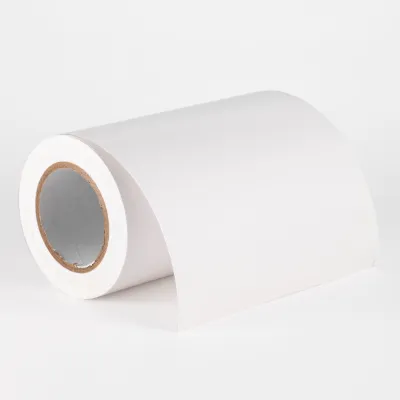The Sticker Label Industry: A Comprehensive Overview
In today's fast-paced world, where information and branding play a critical role in product marketing and identification, the sticker label industry is more essential than ever. These labels serve a myriad of purposes, from conveying vital product information to enhancing brand recognition. In this article, we will delve into the intricacies of the sticker label industry, exploring its functions, materials, printing techniques, and sustainability.
The Functions of Sticker Labels
Sticker labels are versatile tools that serve various functions, primarily:
1. Product Information: Sticker labels provide essential information about a product, including its name, ingredients, usage instructions, and safety warnings. 2. Branding and Marketing: They are a powerful branding tool, enabling companies to showcase their logos, slogans, and unique designs, contributing to brand recognition. 3. Inventory and Logistics: Sticker labels are used in inventory management, helping businesses track stock levels and manage distribution.Materials Used in Sticker Labels
The choice of materials for sticker labels is crucial, as it determines their durability, appearance, and suitability for different applications. Common materials include:
1. Paper: Ideal for applications where labels will not be exposed to harsh conditions, paper labels are cost-effective and offer a variety of finishing options. 2. Vinyl: Vinyl labels are highly durable and weather-resistant, making them suitable for outdoor use and products that may encounter moisture. 3. Polyester: These labels are known for their durability and resistance to chemicals and abrasion, making them suitable for industrial applications.Printing Techniques
The quality and appearance of sticker labels depend on the printing techniques used. Here are some of the most common methods:
1. Offset Printing: This technique is ideal for high-quality, large-volume label production, offering precise color reproduction. 2. Digital Printing: Digital printing allows for cost-effective short runs and variable data printing, making it perfect for personalized labels. 3. Flexographic Printing: Well-suited for label production on various materials, flexographic printing is efficient and cost-effective.Sustainability in Sticker Label Production
As the world becomes increasingly environmentally conscious, sustainability in the sticker label industry has gained prominence. Manufacturers are adopting eco-friendly practices by:
1. Using Recycled Materials: Many sticker label manufacturers are utilizing recycled paper and other materials to reduce waste and resource consumption. 2. Eco-friendly Inks: Water-based and soy-based inks are being used to minimize the environmental impact of label printing. 3. Energy-Efficient Production: Companies are optimizing their manufacturing processes to reduce energy consumption and minimize their carbon footprint.Regulations and Compliance
The sticker label industry is subject to various regulations to ensure the safety of consumers and accurate information dissemination. Compliance involves:
1. FDA Labeling Requirements: The Food and Drug Administration (FDA) mandates specific labeling standards for food, pharmaceuticals, and cosmetics. 2. GHS Labeling: The Globally Harmonized System (GHS) establishes labeling standards for hazardous chemicals to ensure safe handling and transportation. 3. Nutritional Labeling: Food products must adhere to nutritional labeling guidelines, specifying the presentation of nutrition facts.Customization and Design
Sticker labels offer an incredible level of customization. Businesses can create labels that reflect their unique brand identity, conveying the desired message to their target audience. Some key design considerations include:
1. Color Selection: Choosing the right colors can evoke specific emotions and align with brand aesthetics. 2. Typography: Font choice and text layout influence readability and brand personality. 3. Graphics and Imagery: Incorporating logos, images, and illustrations can enhance label aesthetics and communicate brand values.Conclusion
The sticker label industry plays a vital role in modern business, enabling product identification, branding, and compliance with regulations. By understanding the functions, materials, printing techniques, sustainability efforts, and design aspects of sticker labels, businesses can harness this versatile tool to its full potential, ultimately enhancing their product presentation and market presence.
As the demand for more sustainable and customizable labeling solutions continues to grow, the sticker label industry is poised for ongoing innovation and development, ensuring it remains a cornerstone of modern commerce.
We offer comprehensive technical support, including free professional labeling solutions, advice on label materials and adhesive selection, as well as online/offline assistance from professional software and hardware engineers. Service email: andy@ownlikes.cn. In pre-sales, we leverage our extensive experience in specialty labeling projects to provide clients with the most suitable hardware solutions. Additionally, all our label barcode printers and scanners come with a three-year free warranty, demonstrating our confidence in our products.




